| |
|
|
Botanical Name |
: |
Veratrum album L. |
English
Name |
: |
Common White Hellebore |
Synonym(s) |
: |
Veratrum lobelianum Bernh., Helleborus albus Güld., Melanthium album Thunb |
Family |
: |
Liliaceae |
| |
General Info
| Description |
 |
|
Perennial plant with a dark bulbous rhizome with lightly colored. The stem is straight, round and striated. The leaves are alternate, plaited and broad-ovate. The flowers are hermaphrodite (have both male and female organs), yellowish-white, green at the back, 8 lines in diameter, and have five large, petal-like sepals, eight to ten inconspicuous tubular petals, many stamens, and three to ten pistils. |
| Herb Effects |
 |
|
Analgesic, anthelmintic, cathartic, emetic, errhine, expectorant, hypnotic and sternutatory (roots) |
Chemistry
| Active Ingredients |
 |
|
Acetic acid, beta-sitosterol (rhizome); germine, solanidine (plant); rubijervine, veratramine (root) |
| Chemistry
of Active Ingredients |
 |
|
|
 |
Name |
CAS# |
IUPAC Name |
Formula |
Structure |
 |
|
| Acetic acid |
77671-22-8 |
acetic acid |
C2H4O2 |
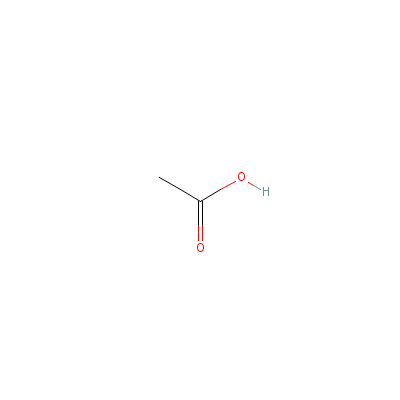
|
| beta-Sitosterol |
5779-62-4 |
17-(5-ethyl-6-methyl
-heptan-2-yl)-10,13-
dimethyl-2,3,4,7,8,9
,11,12,14,
15,16,17
-dodecahydro-1H-cycl
openta[a]phenanthren
-3-ol |
C29H50O |
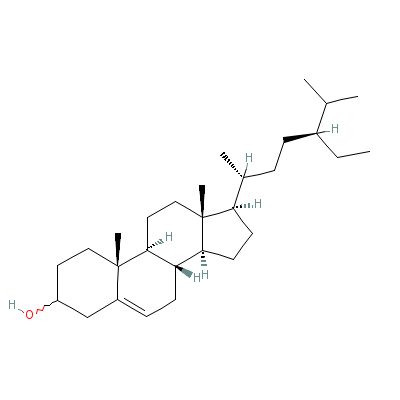
|
| Germine |
5750-58-3 |
Not Available |
C27H43NO8 |
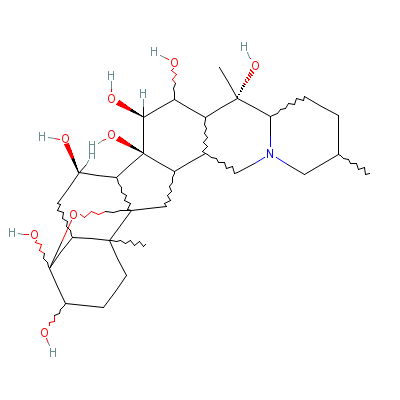
|
| Solanidine |
Not Available |
Not Available |
C27H43NO |

|
| Rubijervine |
Not Available |
Not Available |
C27H43NO2 |
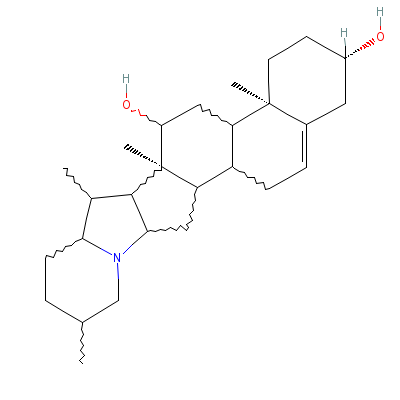
|
| Veratramine |
Not Available |
Not Available |
C27H39NO2 |
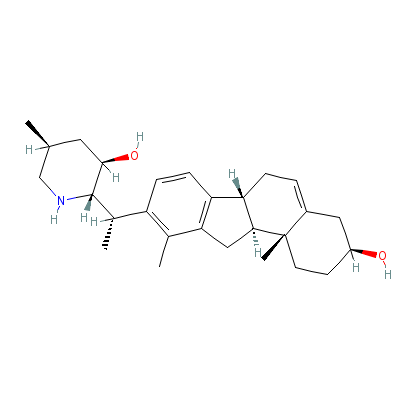
|
|
Pharmacology
| Medicinal Use |
 |
|
In neuralgia; as an external application to kill lice, and cure the itch (decoction of root) |
| Contraindication |
 |
|
This drug should only be taken under the close scrutiny of a physician since excessive dosages can be lethal. |
Dealers
Products
|
|